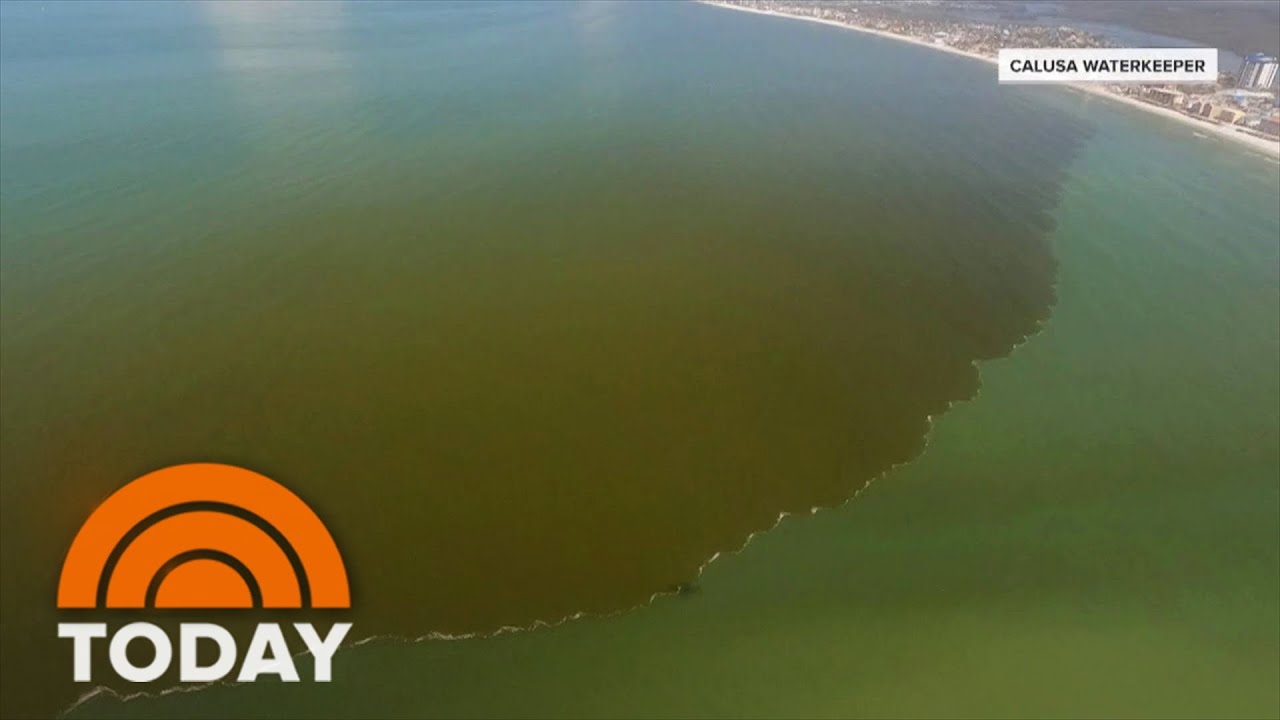What is “red tide Rhode Island”?
“Red tide Rhode Island” refers to the occurrence of harmful algal blooms (HABs) in the coastal waters of Rhode Island. It is a term used to describe the phenomenon where large quantities of microscopic algae, specifically dinoflagellates, proliferate rapidly, resulting in the discoloration of the water. These algal blooms can have detrimental effects on marine life, human health, and the local economy.
Definition of “red tide” phenomenon
The term “red tide” refers to the natural phenomenon where certain species of algae multiply and accumulate in large numbers, leading to the water appearing red or brown. The discoloration is caused by the pigments present in the algae, such as chlorophyll and carotenoids. Red tide can be observed in various bodies of water, including oceans, bays, and estuaries, and it is not exclusive to Rhode Island.
Causes of “red tide” in Rhode Island
Red tide occurrences in Rhode Island are primarily caused by the proliferation of the dinoflagellate species Alexandrium fundyense. These algae thrive in nutrient-rich waters, which are often found near the coast due to agricultural runoff, sewage discharge, and natural nutrient cycling. Additionally, favorable weather conditions, such as warm temperatures and calm waters, contribute to the growth and spread of red tide.
Historical occurrences of “red tide” in Rhode Island
Rhode Island has experienced several episodes of red tide throughout history. Major outbreaks have been documented in 1972, 2005, 2008, and 2012. These events have varied in intensity, duration, and geographic extent. The impacts of red tide in Rhode Island have ranged from localized closures of shellfishing areas to widespread closures affecting multiple coastal communities.
Impact of “red tide” on marine life
Red tide can have severe impacts on marine life. The toxins produced by the algal blooms can be harmful or even fatal to fish, shellfish, marine mammals, and seabirds. The toxins can accumulate in the tissues of these organisms, leading to sickness or death when consumed by predators or humans. Red tide can disrupt the delicate balance of ecosystems by depleting oxygen levels, causing fish kills, and disrupting the food web.
Environmental and economic consequences of “red tide”
The environmental and economic consequences of red tide in Rhode Island are significant. The closure of shellfishing areas during red tide outbreaks directly affects the livelihoods of local fishermen and shellfish farmers. Moreover, the tourism industry, which heavily relies on clean beaches and thriving marine ecosystems, can suffer due to the negative perception surrounding red tide. These economic repercussions can extend to restaurants, hotels, and other businesses that depend on a healthy coastal environment.
Monitoring and detecting “red tide” in Rhode Island
To monitor and detect red tide in Rhode Island, the state’s Department of Environmental Management (DEM) conducts regular water sampling and analysis. The DEM collaborates with various research institutions and federal agencies to collect data on algal abundance, toxin levels, and water quality. This monitoring allows for the timely issuance of closures and warnings to protect public health and mitigate economic losses.
Management and prevention of “red tide” in Rhode Island
Managing and preventing red tide in Rhode Island involves a combination of scientific research, water quality management, and public education. Efforts are focused on understanding the factors that contribute to red tide outbreaks, reducing nutrient inputs into coastal waters, and implementing early detection systems. Additionally, the DEM works with local shellfishermen and farmers to develop strategies for minimizing economic losses during red tide events.
Health risks associated with “red tide” exposure
Exposure to red tide can pose health risks to humans. The toxins produced by the algae can cause various symptoms, including respiratory irritation, coughing, sneezing, and eye irritation. Consumption of shellfish contaminated with red tide toxins can lead to paralytic shellfish poisoning (PSP), a serious illness that affects the nervous system. It is crucial for individuals to heed warnings and closures issued during red tide events to avoid potential health complications.
Public awareness and education about “red tide”
Public awareness and education about red tide are vital for reducing risks and minimizing the economic impact of red tide events. The DEM and other organizations conduct outreach programs, distribute informational materials, and utilize social media platforms to raise awareness about the dangers of red tide and the importance of adhering to closures and warnings. Educating the public about the causes, impacts, and prevention measures can foster responsible behavior and support the long-term management of red tide.
Research and studies on “red tide” in Rhode Island
Research and studies on red tide in Rhode Island are ongoing to deepen our understanding of the phenomenon and develop effective management strategies. Scientists study the dynamics of algal blooms, the environmental factors that contribute to their occurrence, and the toxins they produce. Additionally, research efforts focus on modeling and predicting red tide events, advancing monitoring techniques, and exploring potential mitigation measures.
Future outlook and challenges for “red tide” mitigation
The future outlook for red tide mitigation in Rhode Island remains challenging. Climate change and increasing nutrient loads from human activities may exacerbate red tide occurrences. However, advancements in monitoring technologies, improved water quality management practices, and continued research efforts offer hope for better understanding and managing red tide. Collaboration between scientists, government agencies, and the local community is crucial in developing comprehensive strategies to mitigate the environmental, economic, and health impacts of red tide in Rhode Island.





